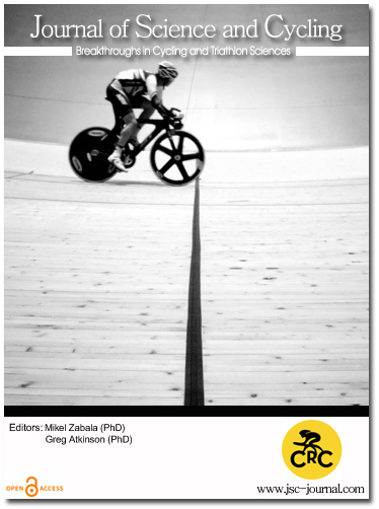Modelling of cycling power data and its application for anti-doping
Abstract
Since the introduction of the Athlete Biological Passport (ABP), research studies have suggested that there is risk of false-positive results due to a variety of factors that act to compromise its sensitivity to detect unusual variations in haematological parameters. Thus, the possibility of extending the ABP by proposing additional confounding variables, such as athlete performance data, is attractive.
With the development of new technologies there is now the possibility to quantify athlete performance. For example, the use of bicycle power meters provides the opportunity to directly measure cyclist power production and enable the construction of a “power profile” which serves as a unique signature of all of the training and racing performance. With the advances in technology used for monitoring sporting performance there is the possibility to create a record of the evolution and change in the training and consequent physical potential of an athlete. Mobile power meters can be fitted to a bicycle to measure cyclists’ power output in the field. Data from these power meters can be then used to monitor and evaluate cyclists’ training and race performances (Hopker et al., 2009; 2010; Passfield et al., 2012; Karsten et al., 2014; Pinot and Grappe 2011; 2014). However, the accuracy and validity of the power meters used in professional cycling is currently unknown. The varied power meter brands and calibration procedures used by different Teams provide a degree of uncertainty over the accuracy, precision and reliability of performance data.
Therefore, there is an initial need to establish the validity and sensitivity of training and performance data within a cohort of World Tour cyclists. The application of ‘big data’ analysis techniques would then enable better insight into the nature of variability of rider training and race performance, provide potential interpretation solutions, and enhance the effectiveness and impact of interventions. Consequently, the application of different methods of performance modelling may allow us to evaluate longitudinal training and race data against benchmark, peloton wide data. This longitudinal profile of power data profile for a cyclist may for the basis of an “Athlete Performance Passport”.
In conclusion, the collection and analysis of power meter data from professional cycling Teams would enable the evaluation of the quality of data gathered from different riders, teams and power meters.
Downloads
Published
How to Cite
Issue
Section
Copyright (c) 2016 Journal of Science and Cycling

This work is licensed under a Creative Commons Attribution-NonCommercial 4.0 International License.
Authors contributing to Journal of Science and Cycling agree to publish their articles under a Creative Commons CC BY-NC-ND license, allowing third parties to copy and redistribute the material in any medium or format, and to remix, transform, and build upon the material, for any purpose, even commercially, under the condition that appropriate credit is given, that a link to the license is provided, and that you indicate if changes were made. You may do so in any reasonable manner, but not in any way that suggests the licensor endorses you or your use.
Authors retain copyright of their work, with first publication rights granted to Cycling Research Center.






